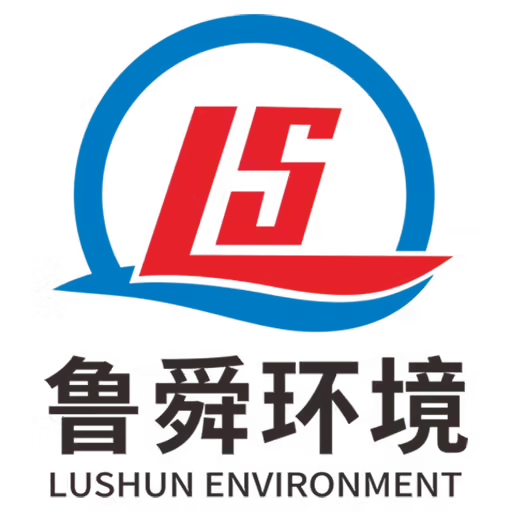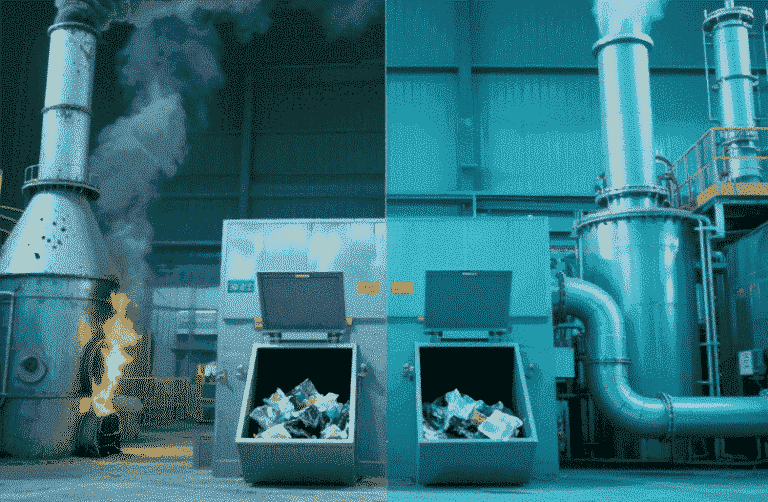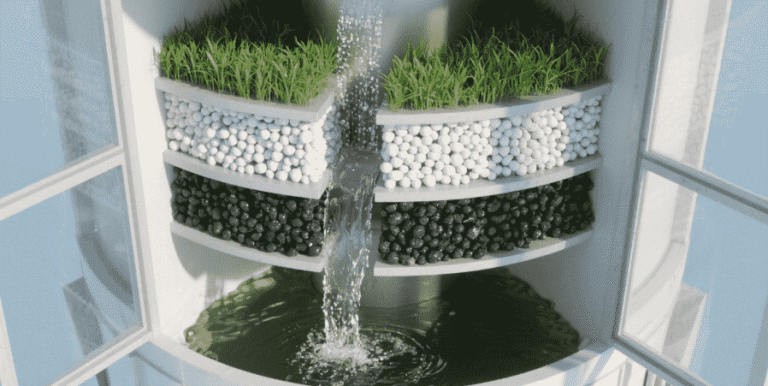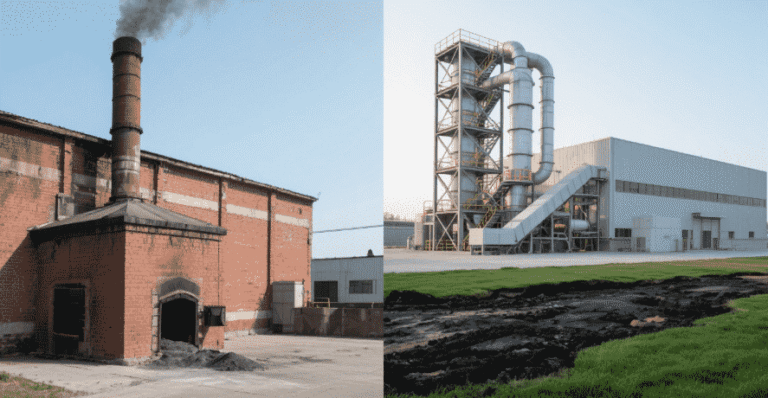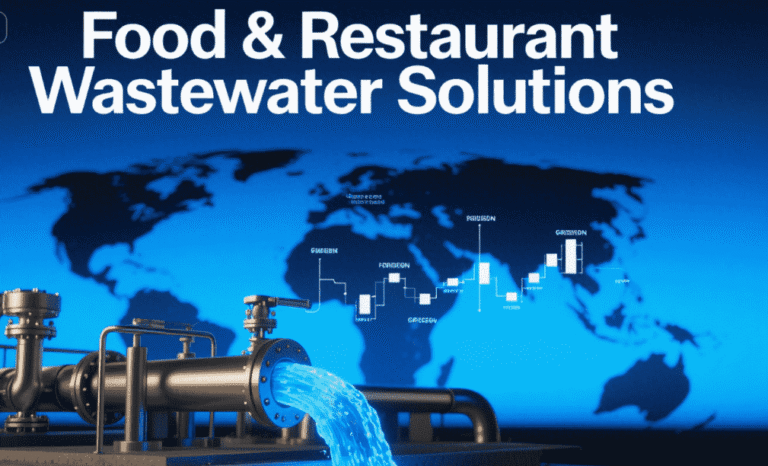In the “precision filtration” link of sewage treatment, microfiltration machines are becoming the new favorite of the industry due to their high efficiency and energy saving characteristics. This device, which looks like a drum washing machine, uses a 0.01-0.1 mm filter and an intelligent control system to accurately intercept suspended particles, providing key support for the recycling of water resources.
“Liquid screening” in four steps
The core of the microfiltration machine lies in the coordinated operation of the rotating filter and the dynamic backwashing system. Its working process can be broken down into:
- Pre-treatment guarantee
After the sewage passes through the coarse screen (gap 5-10mm) to remove large-volume debris, it enters the equipment through the flow control valve (accuracy ±5%) at a flow rate of 0.5-3m³/min. Data from a printing and dyeing factory showed that after pretreatment, the SS (suspended solids) of the sewage dropped from 800mg/L to 200mg/L, extending the service life of the filter.
- Centrifugal filtration mechanism
The stainless steel filter with a diameter of 1-3 meters (pore size 10-100μm) rotates at a low speed of 0.5-3rpm, using the dual effects of water inlet pressure (0.1-0.3MPa) and centrifugal force to retain suspended particles on the outside of the filter. Actual measured data shows that more than 90% of suspended matter with a particle size of ≥50μm can be removed at this stage.
- Separation of clean water and concentrated slag
The high-pressure water nozzle (pressure 0.5-1MPa) inside the filter screen is automatically activated every 30-60 seconds to flush the filter cake into the slag discharge tank. A paper mill case shows that the backwash water volume only accounts for 0.5-1% of the treatment volume, which is much lower than the 5-8% of traditional sand filters.
- Separation of clean water and concentrated slag
The filtered clean water (SS≤10mg/L) is discharged from the center axis of the filter and directly enters the subsequent biochemical treatment unit; the retained concentrated slag (water content 95-98%) is discharged through a screw conveyor and can be used in conjunction with a screw stacker to further dehydrate to a moisture content below 80%.
Three major innovations break through industry bottlenecks
- Ultra-high filtration efficiency
The processing capacity per unit area is 10-20m³/(m²・h), which is 5-8 times that of traditional gravity filtration. In the wastewater treatment of a certain automobile manufacturing plant, the microfiltration machine increased the recovery rate of electrophoretic paint to 98%.
- Intelligent adaptive control
The integrated differential pressure sensor and variable frequency speed regulation technology automatically accelerate the backwashing frequency when the differential pressure between the inside and outside of the filter exceeds 0.05MPa. After being applied in a municipal sewage treatment plant, the frequency of manual inspections was reduced from 4 times a day to once a week.
- Low energy consumption design
The power of a single machine is only 2.2-7.5kW, and the power consumption per ton of water treated is 0.05-0.1kW・h. Combined with solar drive technology, zero-carbon operation can be achieved.
“Water quality gatekeeper” in multiple fields
In municipal sewage treatment, microfiltration machines are used as pre-filtration units in the MBR process, which can extend the membrane fouling cycle by 3 times. Data from a provincial capital city’s recycled water plant showed that after treatment with a microfiltration machine, the turbidity of the reclaimed water dropped from 3NTU to 0.5NTU, meeting the landscape reuse standard. In the industrial field, it has been successfully applied to casein recovery in dairy factories and ultrapure water preparation in the electronics industry. A case study of a photovoltaic company showed that the microfiltration machine increased the reuse rate of cleaning water from 60% to 95%.
Intelligence and refinement go hand in hand
With the advancement of the “Water Efficiency Leader Leading Action Implementation Plan”, microfiltration technology is developing in the direction of precision and intelligence. The new equipment uses 3D printed filters, with a 40% increase in porosity; some companies have developed a “filter health monitoring system” to predict the life of the filter through AI algorithms. According to the industry white paper, by 2028, the market size of microfiltration machines in my country will exceed 5 billion yuan, and the market share in the field of reclaimed water reuse will exceed 60%. This device, which only rotates a few times per minute, carries the heavy responsibility of efficient circulation of water resources. Under the guidance of the “dual carbon” goal, microfiltration machines are contributing to the construction of a sustainable water circulation system with nanometer-level precision. As industry experts said: “When every drop of water is worth cherishing, microfiltration machines are the key to opening the door to water resource regeneration.”
